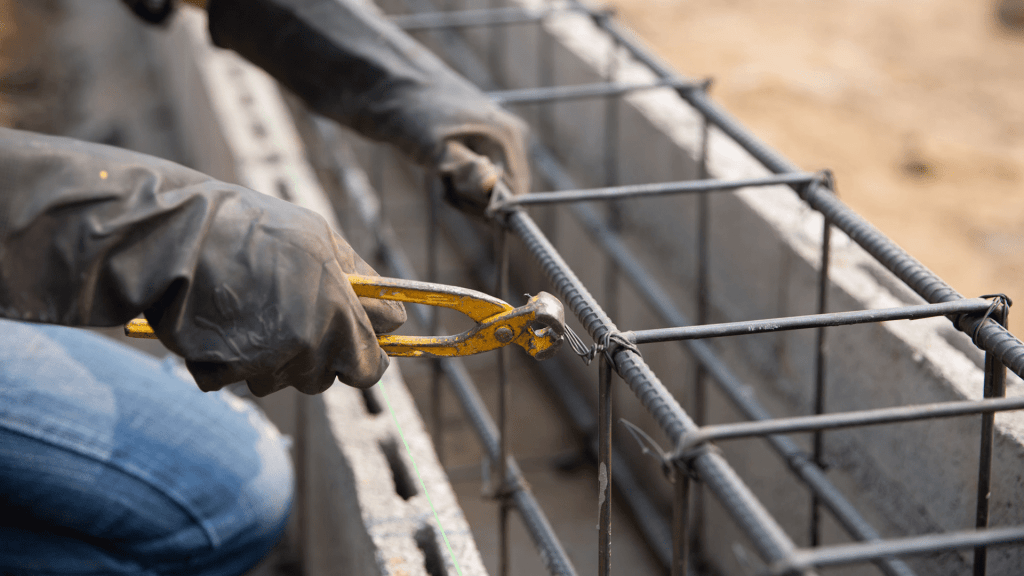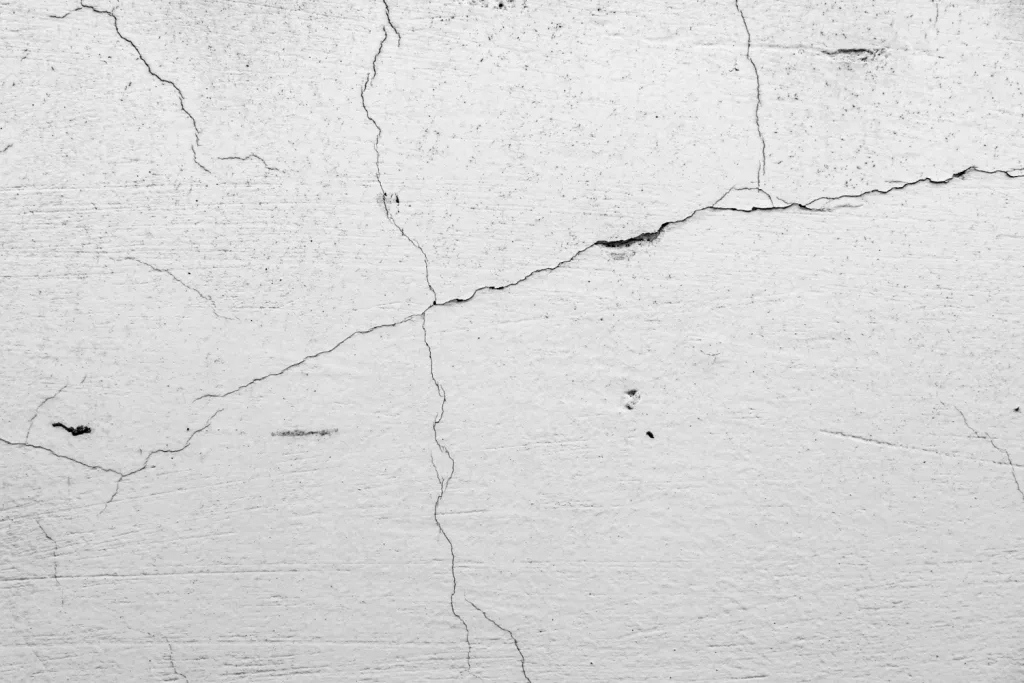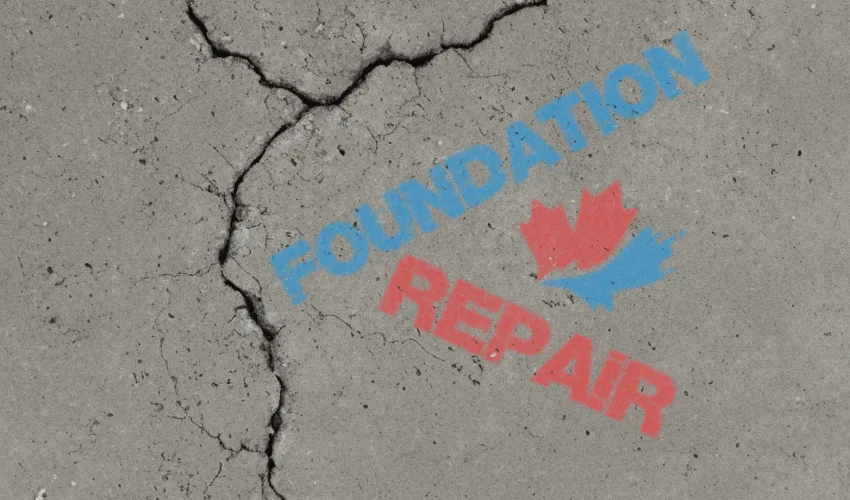The foundation serves as the primary structural element of a building, holding the weight and ensuring stability of the entire construction. Its integrity is crucial to the structure’s safety and longevity. Consequently, early detection and repair of defects within the foundation are vital to prevent serious structural complications and potential risks.
Due to its ‘foundational’ importance, homeowners and builders must understand its maintenance requirements and repair protocols in detail. In this blog, we will explore the complexities of foundation repair, highlight the warning signs of potential damage, and discuss the benefits of timely intervention to ensure lasting durability.
Understanding the Foundation – The Base of Every Home
The foundation is the lower part of a building, designed to distribute the weight of the structure above to the ground beneath. It serves as a mediator between the structure it supports and the ground. It ensures that the building’s weight is evenly distributed to prevent uneven settlement or movement.
There are many types of foundations, such as slab-on-grade, pier and beam, crawl spaces, and full basements. Each type is chosen based on various factors, including soil conditions, climate, and the size and type of structure being built.
The foundation’s primary importance is maintaining the building’s structural integrity. A well-constructed foundation provides several benefits:
- Stability: It anchors the building to the ground, ensuring it remains upright and secure even under external pressures like winds, seismic activities, or the natural settling of the ground.
- Protection: It shields the structure from external factors, especially moisture. Buildings that are elevated avoid direct contact with potentially damp ground, preventing mold, rot, and insect infestations.
- Insulation: Especially in colder climates, foundations play a vital role in insulating the home, ensuring that the cold from the ground does not seep into the building.
Given its vital role, a solid foundation is essential for building safety and longevity. Any defects or damages to the foundation can endanger the entire edifice. This is where timely foundation repair really becomes important. Regular inspections, maintenance, and when required, professional foundation repair become necessary to ensure the structure’s continued stability and safety.

Warning Signs That Your Foundation Needs Attention
A building’s foundation, despite its strength and robustness, is not resistant to wear and tear. Over time, environmental factors, ground movements, and natural aging can all impact its integrity. Recognizing the early warning signs of foundation distress is key to preventing more serious problems in the future. Here are some common signs of foundation issues:
- Visible Cracks: Be it on interior walls, exterior bricks, or the foundation itself, cracks are a telltale sign. While tiny hairline cracks can be caused by natural settling, larger, widening cracks warrant immediate attention.
- Doors and Windows Sticking: Difficulty opening or closing doors and windows, or finding gaps around them, can indicate a shifting foundation.
- Uneven or Sloping Floors: If you notice that your floors are no longer level, or if you find water pooling in certain areas, it might suggest the foundation is settling or collapsing.
- Moisture in the Basement: Wetness, mold growth, or a musty odor in the basement can lead to foundation cracks or breaches allowing water access.
- Gaps between the Wall and Ceiling or Floor: If you see gaps forming where walls meet the walls or floor, it could be a sign of foundation shifting.
- Tilting Chimneys or Exterior Stairs: A chimney pulling away from the house or stairs moving away from the main structure can indicate foundation issues.
Ignoring these signs not only risks the building’s structural integrity but also poses potential risks to its occupants. Over time, unchecked foundation problems can lead to larger, more expensive repairs, and in extreme cases, make the building unsafe.
Our service provides prompt and professional assistance when these signs appear. With over 30 years of experience in foundation repair and related services, our expert team can diagnose the issue’s severity. Ignoring early warning signs might save you some time now, but acting quickly with professional foundation repair services can save you significant costs and troubles in the future.
Different Types of Foundation Cracks and Their Implications
Understanding foundation cracks can help to identify potential threats to a structure. Just as a doctor differentiates symptoms to diagnose an ailment, differentiating between crack types can guide necessary actions for foundation health.
Vertical cracks often run straight up and down or appear jagged. They are common in many foundations and arise due to building settlement over time. While these might seem benign initially, it’s essential to monitor them. A widening vertical crack can indicate deeper, more concerning structural problems.
Horizontal cracks are more serious and typically found in basements with concrete block walls. Running side-to-side, these cracks emerge from external pressures such as expansive clay or frost heave. The existence of such cracks is a clear sign of significant external forces acting on the foundation, requiring immediate professional evaluation and intervention.
Diagonal cracks form at angles between 30 and 75 degrees and typically indicate differential foundation settling. This type of settling occurs when one section of the foundation settles or sinks more than another. This is often due to varying soil or moisture levels beneath the foundation. Prompt attention to these cracks ensures no further settling.

Stair-step cracks, mainly seen in brick or concrete block walls, follow mortar lines, creating a stair-step or zigzag pattern. Much like diagonal cracks, these can point to differential settlement, especially if the crack width changes along its length.
Hairline cracks, thin and almost imperceptible, can emerge in new concrete after curing. While they are generally not a cause for concern, they should still be monitored. Any widening or accompanying structural symptoms warrant careful assessment.
Regardless of their orientation, any cracks that continue to expand over time indicate ongoing foundation movement. Such cracks are warning signs of long-term underlying issues that demand immediate professional attention.
A Comprehensive Look at Foundation Repair: Inside and Out
The foundation, as the bedrock of any structure, requires specialized attention and repair techniques tailored to its challenges. These repair methods can broadly be classified into two strategies: internal and external. Let’s explore the intricacies of both approaches to understand their significance.
Internal Foundation Repair
In a building, foundation repair involves the structural components directly affecting the living or operational space’s safety and usability. The main purpose is to strengthen weak areas and restore structure balance. For instance:
- Wall Reinforcements: Over time, foundation walls might bow, lean, or crack due to various factors, including pressure from surrounding soil or water damage. Interior wall bracing, commonly using steel beams or specialized carbon fiber straps, can be installed to reduce these distortions and stabilize the walls. This ensures they remain stable and undamaged.
- Slab Leveling: A common issue in slab foundations is the sinking or settling of slab sections. Slab jacking is a technique where a specialized mixture is pumped underneath sunken slabs, raising them to their initial level. This not only rectifies uneven floors but also addresses the underlying causes, such as soil compaction or erosion.
- Deep Underpinning: In cases where the foundation’s depth is insufficient or resting on unstable soil layers, underpinning can be the solution. It involves extending the foundation down into the ground, anchoring it securely to more stable soil strata or bedrock. This enhances its stability and bearing capacity.
External Foundation Repair
The external approach to foundation repair tends to focus on the overall stability of the structure and protection against external threats, especially environmental ones:
- Wall Stabilization: External foundation walls are prone to pressures exerted by the surrounding soil, especially if they become waterlogged. To address walls that bow outwards or show distress, wall anchors or rope tiebacks can be used. These systems anchor the walls deep into stable ground, pulling them back into place and preventing further movement.
- Waterproofing Solutions: Moisture is a persistent enemy of foundations. By introducing a waterproof membrane or barrier to external foundation walls, one can prevent water intrusion. This safeguards the foundation from water damage and ensures a dry and healthy environment within the building.

- Soil Stabilization: Sometimes, the problem lies not with the foundation itself but with the surrounding soil. Fluctuating moisture levels can cause the soil to expand and contract, exerting undue pressure on the foundation walls. Through techniques like compaction grouting or the introduction of specialized materials, the soil’s consistency and stability can be enhanced, reducing its threat to the foundation.
When to Invest in Foundation Repair
The foundation is an integral component of any building or structure, ensuring stability and safety. Investing in foundation repair is not just about addressing immediate concerns, but also about safeguarding the future integrity of the entire structure and the well-being of its residents.
A damaged foundation can cause significant safety issues. In regions that are prone to natural disasters, such as earthquakes or severe weather conditions, a weak foundation can result in catastrophic outcomes. The effects of these events can lead to displacement, a lot of repair efforts, and emotional distress.
The benefits of timely foundation repair include:
- Safety Assurance: Strengthening the foundation ensures structure safety, reducing risks associated with potential failures or collapses.
- Property Value Enhancement: Homes with a sound foundation are more appealing to prospective buyers, ensuring robust market value. According to the National Association of Realtors, properties with a well-maintained foundation are often considered more valuable and attract buyers.
- Prevention of Further Damage: Addressing foundation problems promptly can deter other related issues, such as plumbing problems, wall cracks, or moisture infiltration.
- Peace of Mind: A secure foundation offers homeowners security and satisfaction, alleviating concerns about potential structural problems in the future.
Recognizing the significance of a sturdy foundation, Water Pro Master Corp emphasizes timely interventions. By entrusting the foundation’s health to professionals, homeowners can ensure the longevity and safety of their homes, making it a worthy and essential investment.
In Conclusion: The Resounding Importance of Timely Foundation Repair

The foundation is the core of building stability and safety. It is more than just a structural element; it is the guardian of a structure’s longevity, ensuring that everything built upon it stands strong against time and external pressures. Overlooking foundation issues costs and dangers are significant, both in terms of finances and safety. From recognizing early warning signs to understanding different cracks and their implications, homeowners must remain attentive and proactive.
Timely action and repair, especially when conducted by professionals with a full understanding of foundation mechanics, preserves the structure and enhances property value. Ignorance or delays can lead to expensive restoration efforts and put building occupants at risk.
At Water Pro Master Corp, we stand behind the idea that a building’s strength starts with its foundation. Our decades of experience in foundation repair and commitment to excellence ensure that your most significant investment – your home – is built on a firm, secure, and reliable base. Trusting your foundation to us means safeguarding your home’s future and safety.

